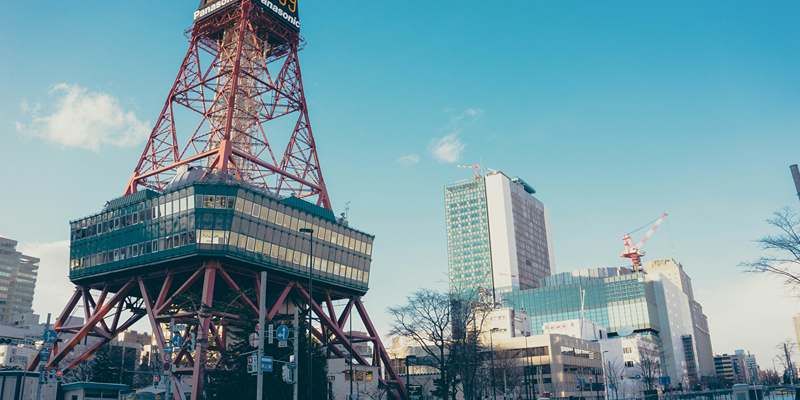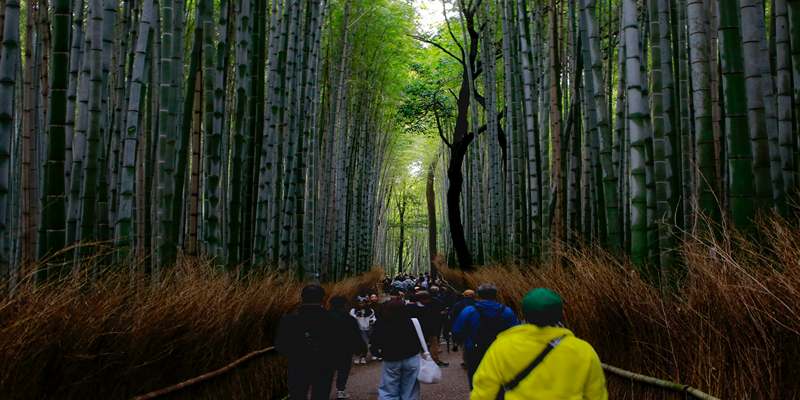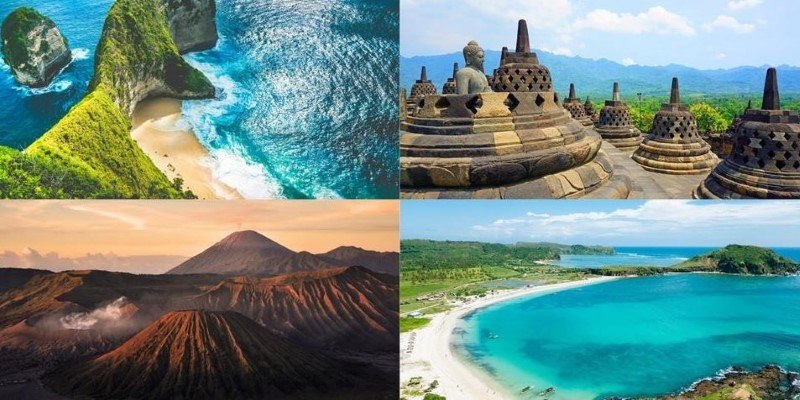While Russia’s cities are noisy and crowded, Kamchatka is a place of amazing nature, untamed wilderness, and long-lasting culture. Many remember this place for its active volcanoes, stark tundras, and the wildlife living on them, but it has more than pretty views. Travelers here are introduced to a lifestyle that has been around for a very long time. Nomadic families who herd reindeer in Kamchatka are among the most unique aspects of the region. Because they live connected to the elements, their special practices are an unusual sight. If you hope for real and exciting Kamchatka adventures, a visit with reindeer herders is sure to inspire you.

Journey Into the Wild Kamchatka Landscape
Discovering Remote Wilderness Through Wild Kamchatka Travel
Kamchatka is known for being very isolated and pure, making it popular with explorers. Easily reached by special tours or air, Kamchatka provides views of high volcanoes, geothermal sites, and far-reaching tundra. Wild Kamchatka travel allows you to explore this unspoiled area, away from cities and standard tourist attractions. You experience nature directly when you visit Nepal, not by staying in luxury resorts. Participants might face tough climbing on dirt paths, river crossings, and nights spent under the stars. People who enjoy being in nature and find joy in an unplugged lifestyle will love such travel.
Seasons and Terrain of Kamchatka’s Untamed Beauty
Only in winter is the Kamchatka Peninsula locked in ice. The green countryside fills with wildflowers during summer, and the rivers run quickly with salmon, adding life and color to the scenery. During autumn, the lowlands are filled with richly colored golds and oranges, while winter covers the area with snow and welcomes reindeer sledding. Since volcanic peaks are permanently covered with snow, they stand out as impressive in any shot. There are places of mossy meadows, dense forests, icy rivers, and areas strewn with ash in the environment. Anyone visiting should get ready for quick weather shifts and difficult ground. Part of what makes a Kamchatka trip special is the constantly shifting environment.
Life With Kamchatka Reindeer Herders
The Daily Life of Russia’s Nomadic Families
Life among Kamchatka’s reindeer herders is both demanding and deeply rewarding. These nomadic families live in chums—traditional tents made of reindeer hides—and follow ancient rhythms based on animal behavior and seasons. Daily chores include gathering firewood, preparing food, caring for the herd, and tending to children’s education through oral storytelling and hands-on learning. Despite the harsh weather and isolation, the lifestyle promotes close family ties, a deep respect for nature, and a resilient spirit. Visitors are often amazed by the balance of labor and peace, where survival is a communal effort built on trust, tradition, and practical knowledge.
Reindeer Herding Traditions and Techniques
The practice of reindeer herding in Kamchatka spans generations, passed down through families and respected elders. Herders use specific calls, whistles, and tools to guide their animals through snowy terrain and avoid predators. Reindeer provide transportation, food, clothing, and shelter—making them vital to survival. Techniques like rotational grazing and herd marking reflect sustainable practices deeply tied to the land. These traditions help maintain both the reindeer population and the ecosystem. For visitors, watching herders interact with their animals reveals a form of wisdom grounded in experience, intuition, and close observation. It’s a compelling portrait of coexistence between people and animals.

Understanding Nomadic Culture in Russia
Cultural Values and Indigenous Beliefs
Nomadic culture in Russia, especially among reindeer herding groups in Kamchatka, is shaped by ancestral beliefs and deep connections to the land. Spirituality often centers around nature, animals, and celestial elements. Rituals, songs, and oral storytelling preserve wisdom from elders and promote harmony within the group. Hospitality is a core value—visitors are warmly welcomed and often treated like family. Respect for elders, cooperation among group members, and seasonal celebration rituals all emphasize unity. These practices enrich daily life and offer a sense of purpose. Experiencing these customs firsthand offers travelers profound insight into a worldview that prioritizes balance over ownership.
Challenges Faced by Modern Nomadic Groups
Modern pressures have begun to influence traditional nomadic life. Climate change, shifting reindeer migration patterns, and reduced grazing areas make survival increasingly complex. Young people sometimes leave for cities, leading to generational knowledge gaps. Additionally, infrastructure expansion and environmental degradation pose direct threats to herding routes. Despite these challenges, many families continue to uphold their ways with remarkable resilience. NGOs and cultural programs are working to support preservation through documentation and local education. Travelers can help by being respectful, choosing responsible tour operators, and sharing what they learn to raise awareness about the cultural significance of Russia’s nomadic communities.
Planning an Ethical Wild Kamchatka Travel Adventure
How to Visit Kamchatka Reindeer Herders Respectfully
Visiting nomadic reindeer herders requires cultural sensitivity and ethical awareness. Always travel with guides or operators who work directly with local families and ensure fair compensation. Be mindful of space, routines, and customs. Avoid photography without permission and ask questions respectfully. Sharing a simple meal or offering a small, practical gift can show appreciation. Visitors should aim to listen and learn, not to observe as outsiders. When approached with care, these experiences foster genuine connection and mutual respect. Ethical travel ensures that your presence supports rather than disrupts the lives of those who share their world with you.
Packing and Preparing for Remote Travel
Traveling through Kamchatka’s wilderness requires thoughtful preparation. Weather-appropriate gear, sturdy hiking boots, layered clothing, and waterproof essentials are must-haves. Since areas are remote, bring medical supplies, high-energy food, and maps or GPS devices. Physical conditioning is also helpful for trekking through varied terrain. Respectful conduct is just as important—learn basic phrases, understand local etiquette, and keep an open mind. Most importantly, pack patience and flexibility. Traveling to reindeer herding areas isn’t a luxury tour; it’s a deeply immersive journey. Being prepared helps ensure your safety while allowing you to fully appreciate the unique people and places you encounter.
Conclusion
Kamchatka’s wild landscapes and nomadic reindeer herding culture offer a rare and enriching travel experience. From volcanic terrain and migrating herds to timeless traditions and heartfelt hospitality, every moment spent here deepens your understanding of human resilience and harmony with nature. Ethical travel ensures these communities continue to thrive while giving travelers a chance to learn with respect. Whether hiking through geothermal valleys or sitting inside a chum with a herder family, this journey leaves a lasting impact. For adventurers seeking authenticity, Kamchatka’s wilderness and people provide stories worth carrying for a lifetime.











